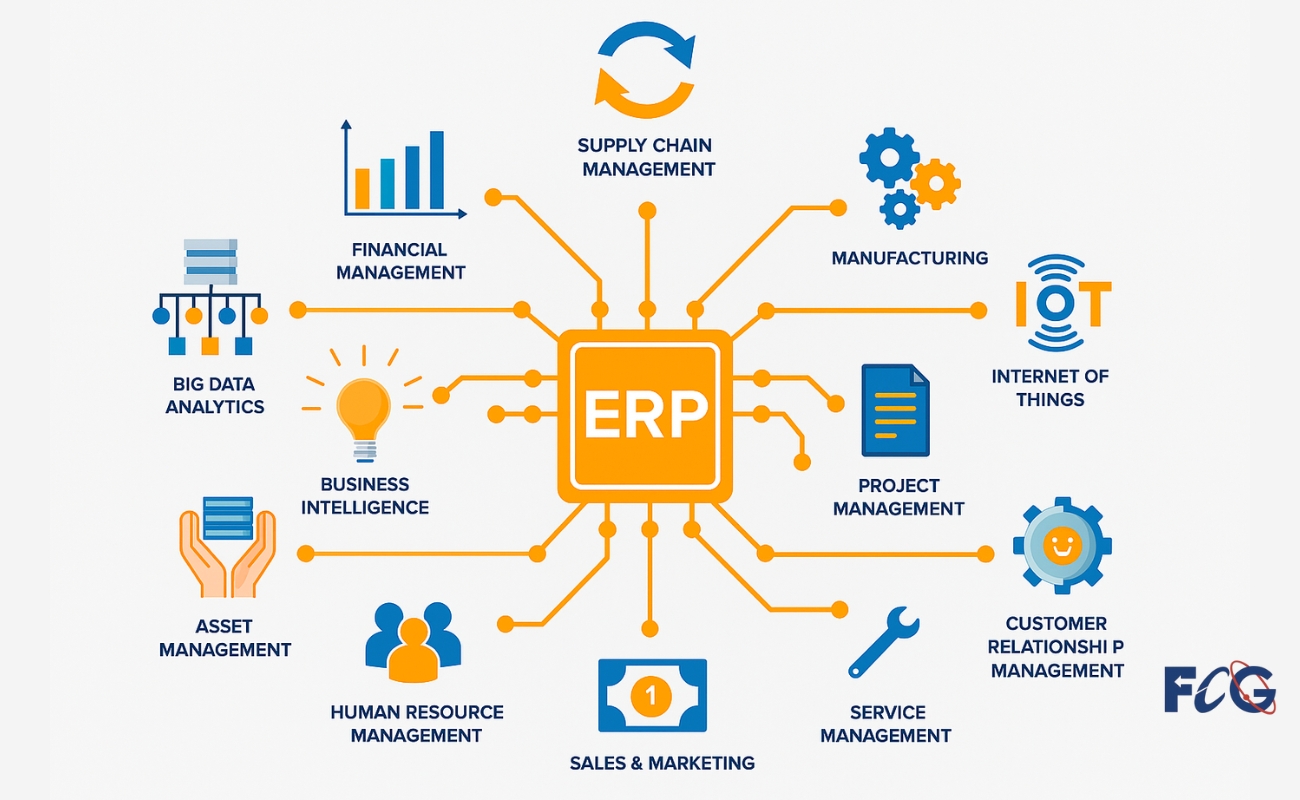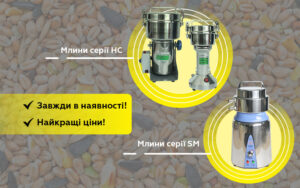Mass Texting Transforming Communication for Businesses
In today’s fast-paced world, effective communication is more critical than ever. One of the most powerful tools available to businesses and organizations is Mass Texting. This technology allows for the rapid dissemination of information to a large number of recipients, providing an efficient and effective way to engage with customers, employees, and stakeholders. In this article, we will explore the various aspects of mass texting, including its benefits, best practices, and potential use cases across different industries.
What is Mass Texting?
Mass texting, also known as SMS marketing or bulk SMS, involves sending a single text message to multiple recipients simultaneously. This communication method leverages mobile technology to reach people directly on their smartphones, which are always within arm’s reach. Unlike email, which may go unread or end up in a spam folder, text messages have a high open rate—often cited as around 98%. This makes mass texting an attractive option for organizations looking to communicate important information quickly and efficiently.
The Benefits of Mass Texting
- Instant Communication: One of the most significant advantages of mass texting is its ability to deliver messages in real-time. Whether it’s an urgent alert, a promotional offer, or an event reminder, text messages are typically received almost immediately, ensuring that your audience gets the information they need without delay.
- High Engagement Rates: As mentioned earlier, text messages have a remarkable open rate compared to other communication methods. This high engagement translates to better interaction with your content, whether you are promoting a sale, announcing an event, or sharing important news.
- Cost-Effectiveness: Mass texting can be a cost-effective way to reach a large audience. With various platforms offering competitive pricing models, businesses can send thousands of messages without breaking the bank, making it a viable option for organizations of all sizes.
- Enhanced Customer Relationships: By using mass texting to communicate, businesses can foster stronger relationships with their customers. Personalized messages, such as birthday wishes or special offers, can enhance customer loyalty and encourage repeat business.
- Automation and Scheduling: Many mass texting platforms offer automation features that allow organizations to schedule messages in advance. This is particularly useful for planning campaigns or sending reminders without requiring manual intervention.
- Data-Driven Insights: Mass texting platforms often provide analytics tools that enable businesses to track message delivery rates, engagement levels, and other key metrics. This data can be invaluable for refining future communication strategies and understanding customer behavior.
Best Practices for Mass Texting
To maximize the effectiveness of your mass texting campaigns, consider the following best practices:
1. Obtain Consent
Before sending mass text messages, it is essential to obtain explicit consent from your recipients. This not only ensures compliance with regulations such as the Telephone Consumer Protection Act (TCPA) in the United States but also fosters trust between your organization and its audience.
2. Personalize Your Messages
Personalization can significantly increase engagement rates. Addressing recipients by their first names or tailoring messages based on their preferences can make your communication more relevant and impactful.
3. Keep It Concise
Text messages have a character limit, so it’s crucial to get to the point quickly. Aim for clear and concise messages that convey your message effectively without unnecessary fluff.
4. Include a Call to Action (CTA)
Every mass text should include a clear call to action. Whether you want recipients to visit your website, RSVP for an event, or take advantage of a limited-time offer, make sure your CTA is straightforward and compelling.
5. Time Your Messages Wisely
Timing can significantly impact the effectiveness of your mass texting campaigns. Avoid sending messages too early in the morning or late at night, as this can irritate recipients. Instead, choose times when your audience is likely to be receptive to your messages.
6. Monitor and Analyze Performance
After sending your mass texts, track their performance using analytics tools. This will help you understand what works and what doesn’t, allowing you to refine your strategies for future campaigns.
Use Cases for Mass Texting
Mass texting can be applied in various industries and scenarios. Here are some common use cases:
1. Retail Promotions
Retailers can use mass texting to inform customers about flash sales, special promotions, or new product launches. By sending exclusive offers via text, businesses can drive foot traffic to their stores and increase sales.
2. Event Reminders
Organizations hosting events can send mass text reminders to attendees, ensuring they have all the necessary details, such as date, time, and location. This helps reduce no-shows and keeps participants informed.
3. Customer Service Notifications
can enhance customer service by providing timely updates on order statuses, shipping notifications, or appointment reminders. This not only improves customer satisfaction but also reduces the volume of inquiries to customer support teams.
4. Emergency Alerts
In times of crisis, such as natural disasters or public safety threats, can be an invaluable tool for quickly disseminating critical information to affected individuals. Organizations can use this method to provide safety instructions or updates on the situation.
5. Internal Communication
Businesses can utilizefor internal communication, keeping employees informed about important announcements, policy changes, or company events. This can help foster a sense of community and improve overall workplace morale.
6. Fundraising Campaigns
Non-profit organizations can leverage mass texting to engage supporters in fundraising campaigns. Sending updates on goals, progress, and deadlines can motivate donors to contribute and participate in charitable events.
Conclusion
In an age where communication is constantly evolving, Mass Texting has emerged as a powerful tool for businesses and organizations looking to enhance their outreach efforts. Its ability to deliver instant, engaging, and cost-effective messages makes it an invaluable asset for various applications, from marketing to emergency alerts.
By implementing best practices and utilizing the diverse use cases of mass texting, organizations can improve their communication strategies and build stronger connections with their audiences. As technology continues to advance, embracing tools like will be essential for staying relevant and competitive in today’s dynamic marketplace.














Post Comment